August 20 is celebrated as Hungary’s national holiday in memory of the foundation of the medieval Kingdom of Hungary and its legendary founder, King Szent István. He not only established a legal-administrative system but also introduced Christianity to the country, making it a religious holiday. This day also marks the Hungarian Festival of the New Bread. Traditionally, the first bread made of new wheat was baked on Szent István’s Day. Hence, the celebration includes the blessing off a loaf of bread.
Szent István (c. 975-1038) served as the last Grand Prince of the Hungarian Conquerors in the Carpathian Basin and later became the first king of Hungary. He fought to maintain Hungary’s unity against pagan Hungarian warriors, as well as its independence against the Western European Christian troops. István also aimed to establish his presence beyond the principality’s borders. It is believed that he received a crown and apostolic blessing from Pope Sylvester II (papacy: 999-1003), as well as support from the Holy Roman Emperor Otto III (reign: 996-1002). In 1000 AD, István founded the Kingdom of Hungary, which rapidly developed into a well-organized, modern, and independent country, becoming an integral part of Europe.
The founding of the new country involved the creation of both government and ecclesiastical institutions. Szent István established the county system of public administration, which was centered around Hungarian castles. Additionally, he had law books drawn up that incorporated both ecclesiastical and secular laws, in accordance with the Western European practices of the time. He minted his own silver denar, the Lancea Regis [the King’s Spear], which became popular throughout Europe. The most important elements of his tax system were the tithe paid to the churches and the market duties, one-third of which went to the county chief and two-thirds to the king. Szent István established ten dioceses (Bihar, Csanád, Eger, Erdély, Esztergom, Győr, Kalocsa, Pécs, Vác, and Veszprém), laying the groundwork for the Hungarian Christian church organization. The Archbishop of Esztergom became the primary cleric of the Hungarian Church. Furthermore, the king founded several monasteries for the Benedictine order, providing them with significant financial support. Notably, the king also invited prominent Western church figures to assist with the organization of religious life of the country.
Szent István celebrated the foundation of the kingdom on August 15, a significant feast day of the Roman Catholic Church, the Assumption Day. He held a Royal Legislative Day and convened the National Assembly in Székesfehérvár on this day. At the end of his life, he offered his country to the Virgin Mary for protection. According to legend, his reason for doing this was the tragic death of his son Szent Imre (c. 1007–1031). King Szent István passed away on August 15, 1038.
At the initiative of King Szent László (reign 1077–1095), Pope Gregory VII (papacy: 1073-1085) canonized King István. His relics, locked in a silver box, were placed on the altar of the Székesfehérvári királyi bazilika [Royal Basilica of Székesfehérvár] on August 20, 1083. Since the reign of King Nagy Lajos (reign: 1342–1382), August 20 has been a church holiday and, since 1771, a national state holiday as well, declared as such by Queen Maria Theresa (reign: 1740-1780). She also arranged the transfer of the Szent Jobb [Holy Right], the mummified right hand belonging to the saintly king, from Ragusa (now Dubrovnik) to Buda. The celebrations were banned after the suppression of the Hungarian Revolution of 1848, as Szent István was a symbol of the independent Hungarian state. However, in 1860, the celebrations were allowed to resume. During communist times, instead of being banned, the day was repurposed into the Constitution Day of the People’s Republic of Hungary. They simply timed the promulgation of the new socialist constitution for August 20 in 1949. After the fall of communism in 1989, old traditions were revived.
Celebrations in Budapest
The celebrations in Budapest commence with a series of state ceremonies on Kossuth tér [Kossuth Square], including the raising of the national flag, speeches by dignitaries, the swearing-in of new military officers, and an air force demonstration. The Országház [House of Parliament] opens its doors to visitors who can marvel at the splendid interior of the building including the Szent Korona [Holy Crown] and other regalia. State awards, such as the Magyar Szent István-rend [Order of St Stephen of Hungary], are also presented on this day. In the afternoon, a Celebration Mass takes place in front of the Szent István Bazilika, followed by the Procession of the Szent Jobb through the surrounding streets.
There are two festivals associated with the holiday. The Magyar ízek utcája [Avenue of Hungarian Flavors] is a gastronomy festival held in Várkert Bazár [Castle Garden Bazaar]. Visitors can taste the current year’s New Bread of Szent István’s Day and the Cake of Hungary, as well as many other national specialties. The Mesterségek Ünnepe [Festival of Folk Arts] is an artisan’s festival held in Budavári Palota [Buda Castle]. Here, visitors can enjoy folklore programs, learn about traditional crafts, and purchase exquisitely made handicrafts.
The evening celebrations culminate with Festive Fireworks over the Danube River, drawing hundreds of thousands of spectators to the riverbanks to witness the dazzling display of colors.

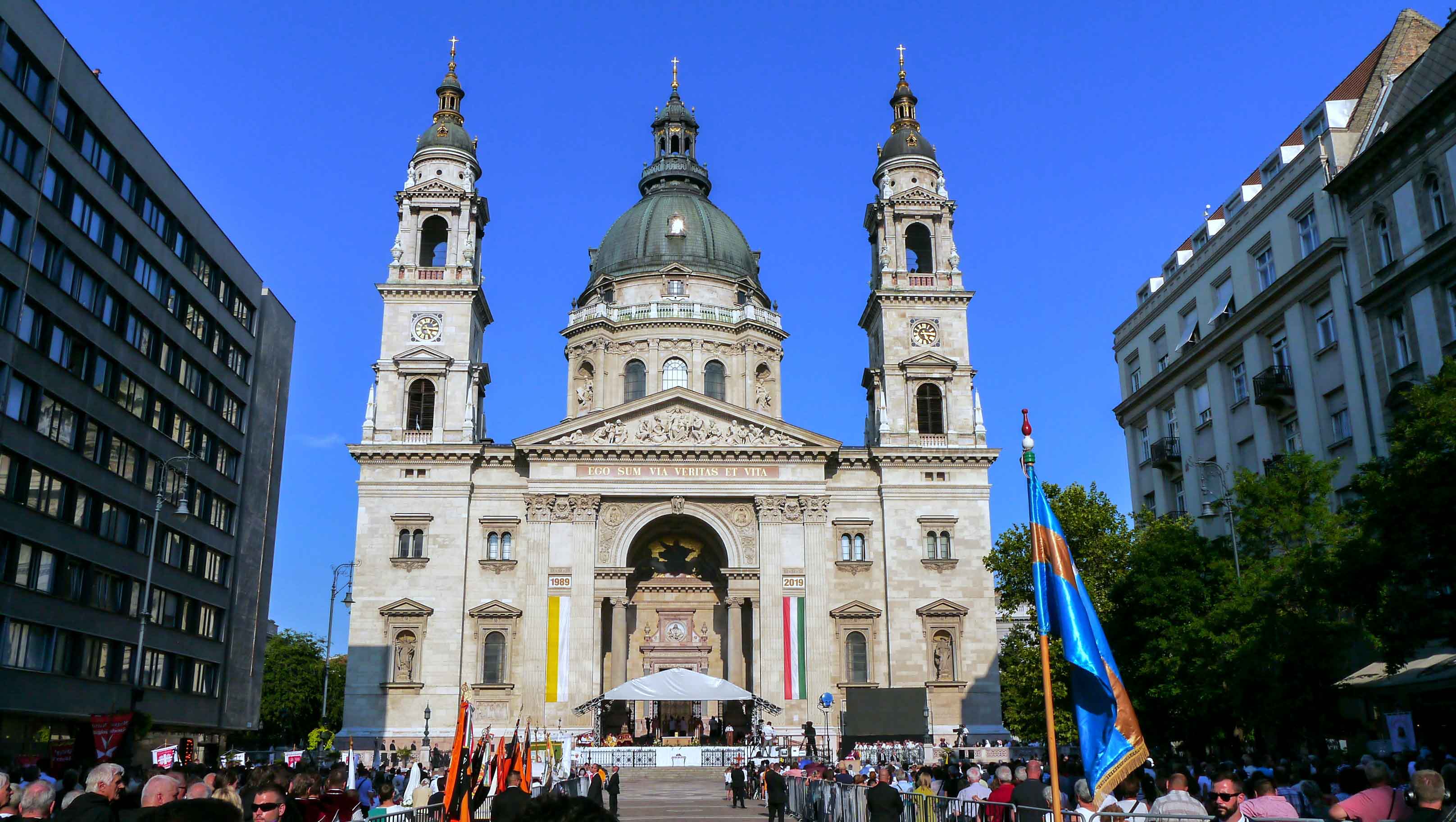

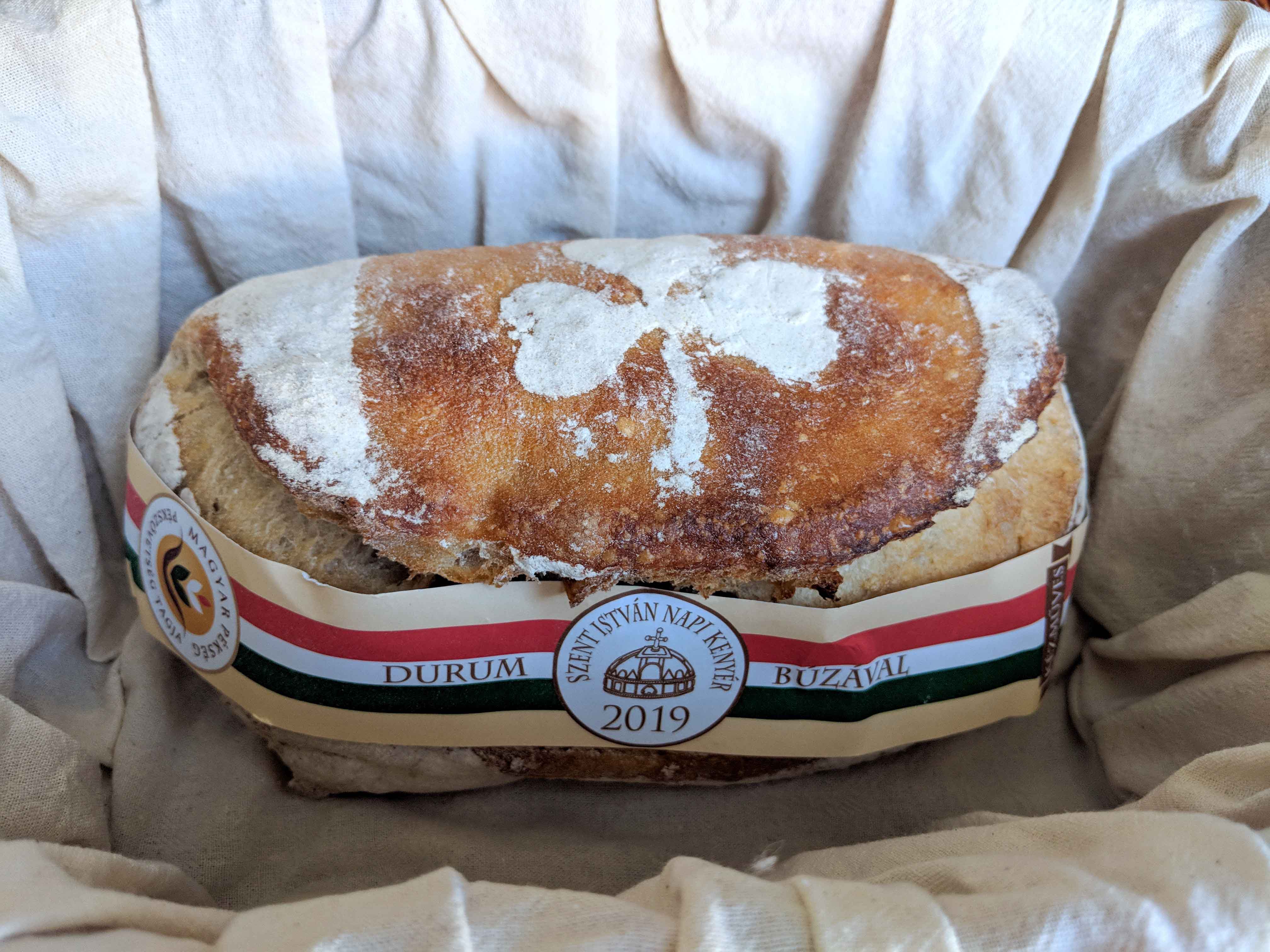

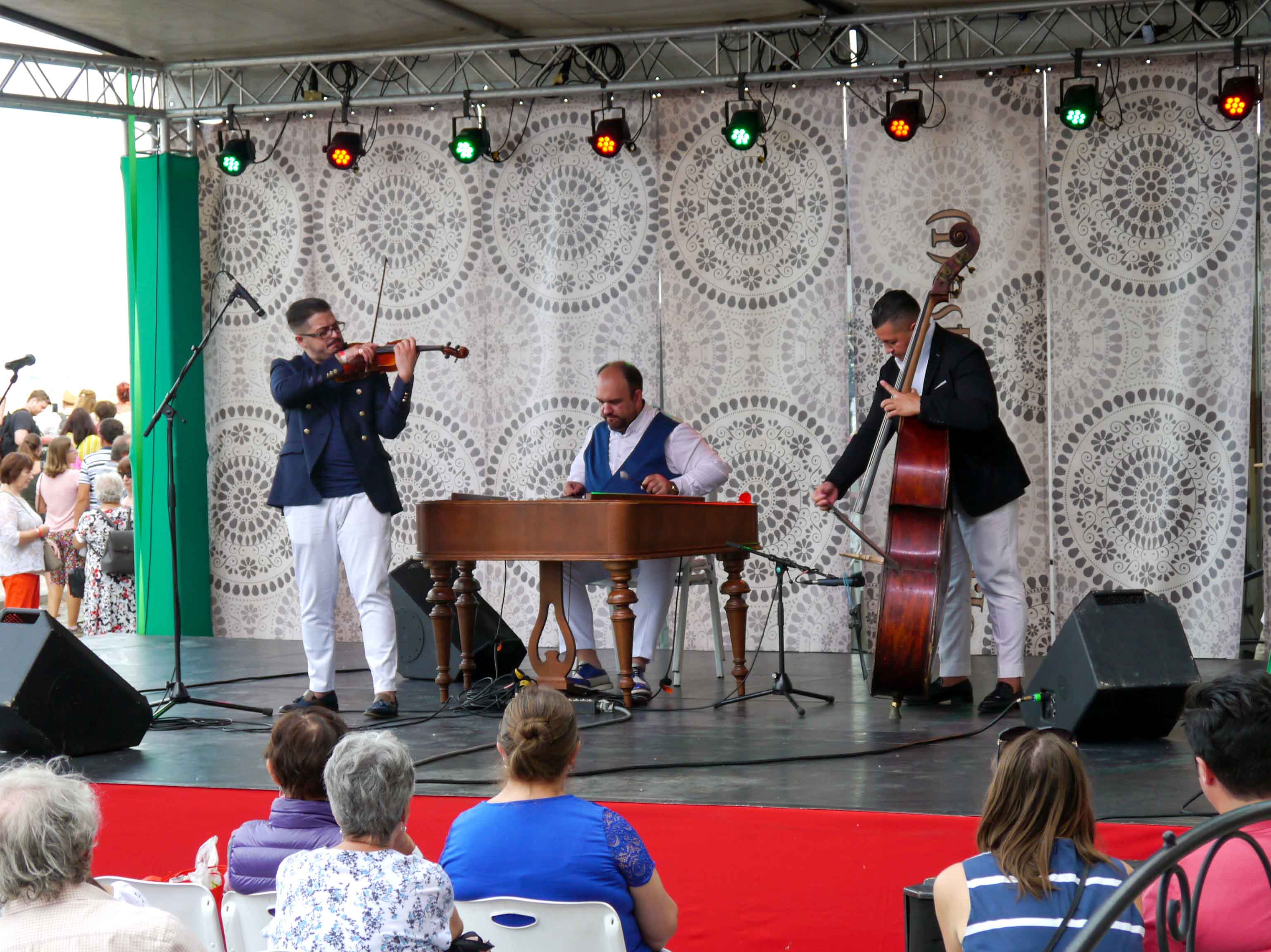
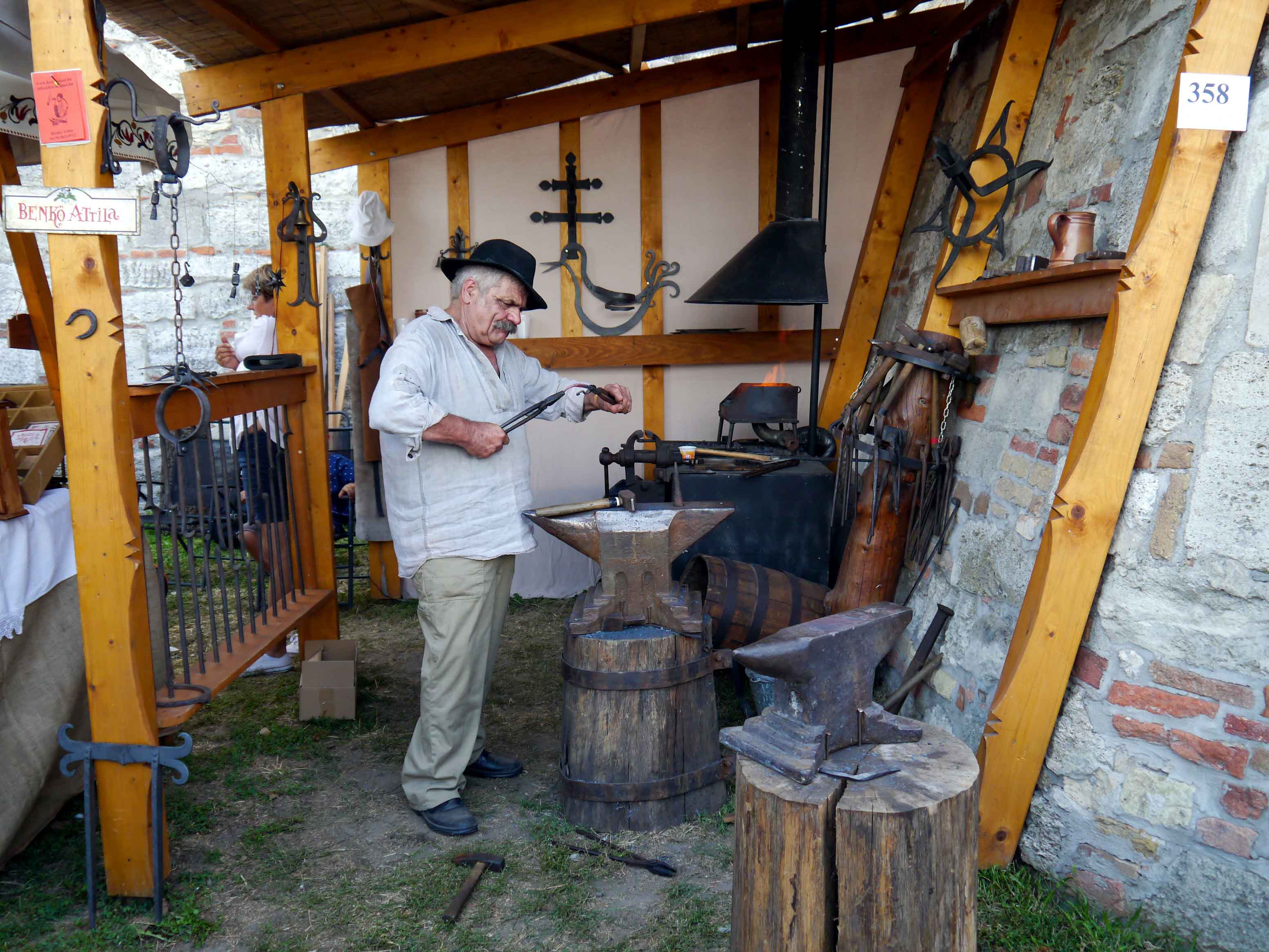


Celebrations in Székesfehérvár
In Székesfehérvár, the Koronázási Ünnepi Játékok [Coronation Celebration Games], which take place in the historic downtown, is part of the state foundation celebrations. It is a series of events, which honors the great figures of the former coronation city, with a different Hungarian king being the theme each year. As part of the festival, during the evenings, the Koronázási Szertartásjáték [Coronation Ceremony Play] brings to the stage the coronation and life of the chosen monarch. The main attractions of the events are the giant puppets depicting historical figures from medieval times.
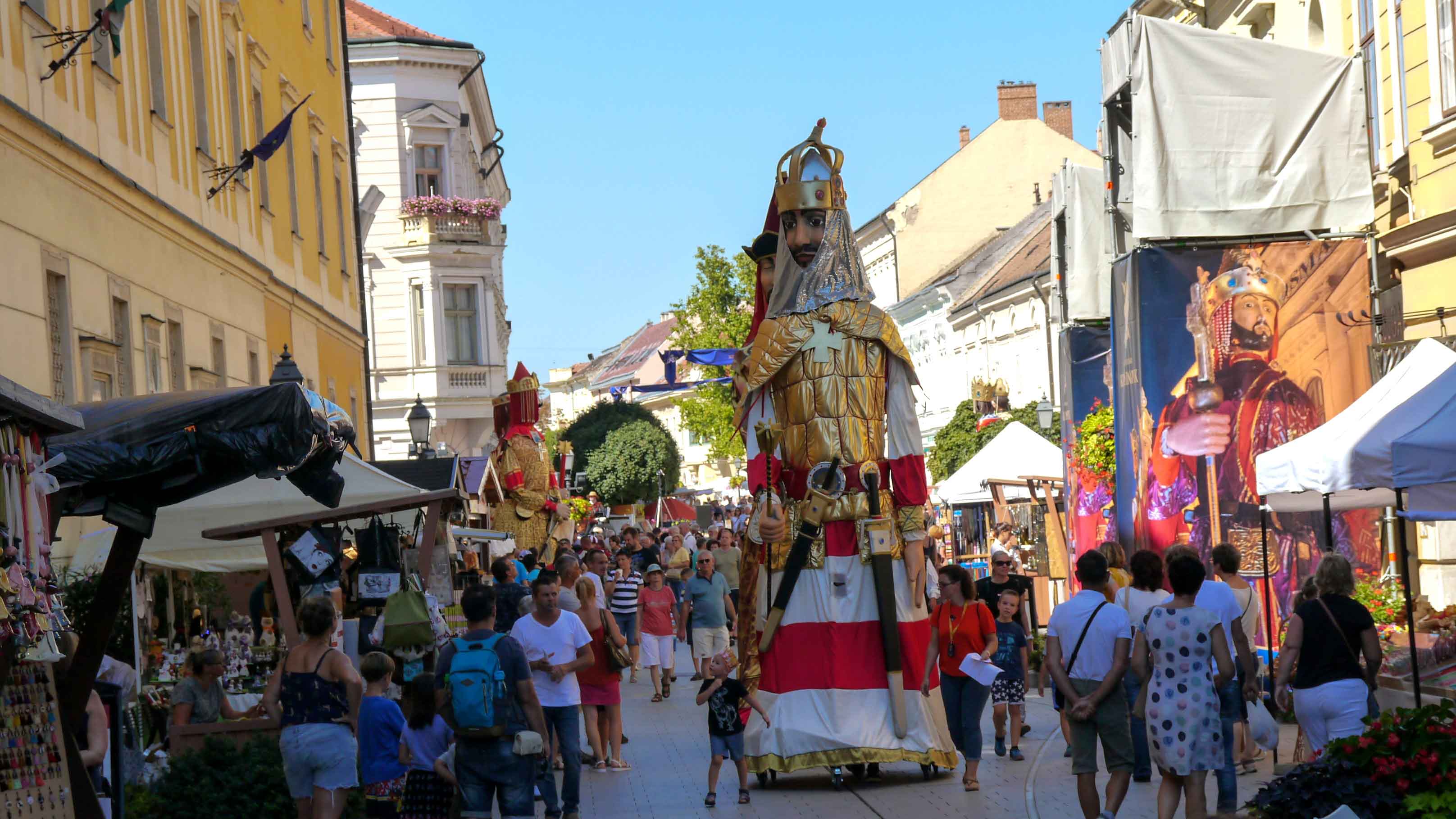
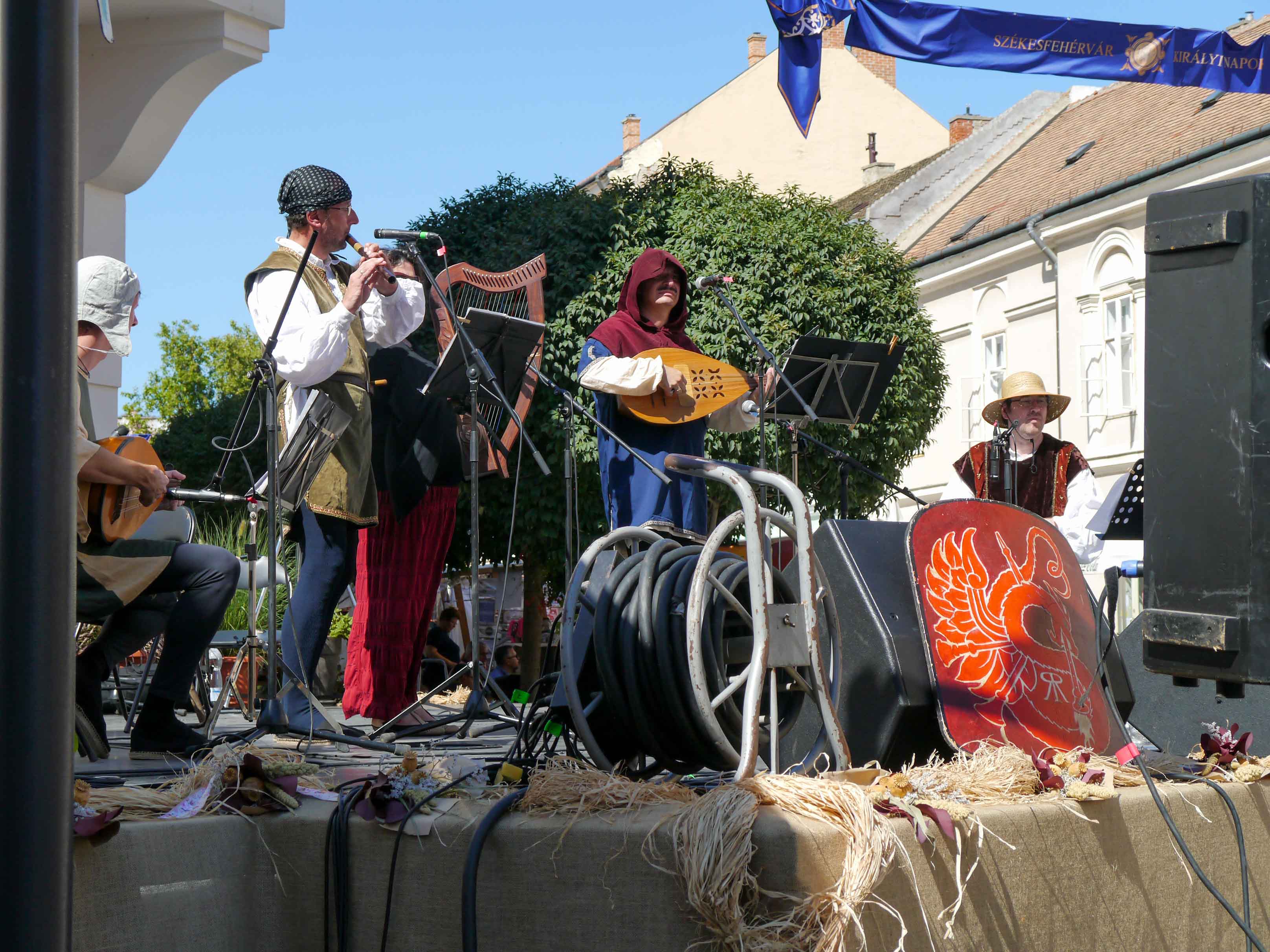


Sources
https://augusztus20.kormany.hu/
http://www.koronazas.hu/
http://www.btm.hu/
